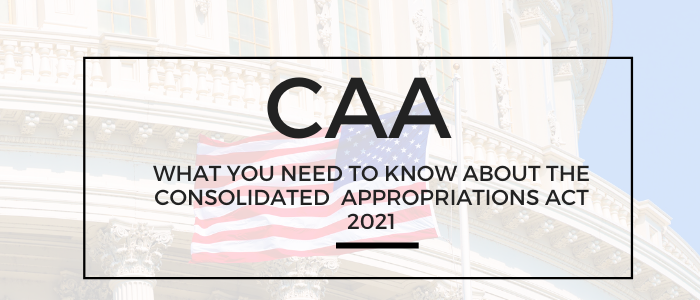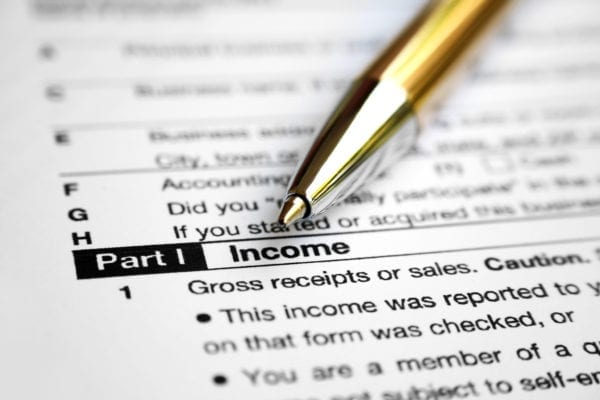Self-employment is the opportunity to be your own boss, to come and go as you please, and oh yes, to establish a lifelong bond with your accountant. If you’re self-employed, you’ll need to pay your own FICA taxes and take charge of your own retirement plan, among other things. Here are some planning tips.
Understand self-employment tax and how it’s calculated
As a starting point, make sure that you understand (and comply with) your federal tax responsibilities. The federal government uses self-employment tax to fund Social Security and Medicare benefits. You must pay this tax if you have more than a minimal amount of self-employment income. If you file a Schedule C as a sole proprietor, independent contractor, or statutory employee, the net profit listed on your Schedule C (or Schedule C-EZ) is self-employment income and must be included on Schedule SE, which is filed with your federal Form 1040. Schedule SE is used both to calculate self-employment tax and to report the amount of tax owed.
Make your estimated tax payments on time to avoid penalties
Employees generally have income tax, Social Security tax, and Medicare tax withheld from their paychecks. But if you’re self-employed, it’s likely that no one is withholding federal and state taxes from your income. As a result, you’ll need to make quarterly estimated tax payments on your own (using IRS Form 1040-ES) to cover your federal income tax and self-employment tax liability. You may have to make state estimated tax payments, as well. If you don’t make estimated tax payments, you may be subject to penalties, interest, and a big tax bill at the end of the year. For more information about estimated tax, see IRS Publication 505.
If you have employees, you’ll have additional periodic tax responsibilities. You’ll have to pay federal employment taxes and report certain information. Stay on top of your responsibilities and see IRS Publication 15 for details.
Employ family members to save taxes
Hiring a family member to work for your business can create tax savings for you; in effect, you shift business income to your relative. Your business can take a deduction for reasonable compensation paid to an employee, which in turn reduces the amount of taxable business income that flows through to you. Be aware, though, that the IRS can question compensation paid to a family member if the amount doesn’t seem reasonable, considering the services actually performed. Also, when hiring a family member who’s a minor, be sure that your business complies with child labor laws.
As a business owner, you’re responsible for paying FICA (Social Security and Medicare) taxes on wages paid to your employees. The payment of these taxes will be a deductible business expense for tax purposes. However, if your business is a sole proprietorship and you hire your child who is under age 18, the wages that you pay your child won’t be subject to FICA taxes.
As is the case with wages paid to all employees, wages paid to family members are subject to withholding of federal income and employment taxes, as well as certain taxes in some states.
Establish an employer-sponsored retirement plan for tax (and nontax) reasons
Because you’re self-employed, you’ll need to take care of your own retirement needs. You can do this by establishing an employer-sponsored retirement plan, which can provide you with a number of tax and nontax benefits. With such a plan, your business may be allowed an immediate federal income tax deduction for funding the plan, and you can generally contribute pretax dollars into a retirement account. Contributed funds, and any earnings, aren’t subject to federal income tax until withdrawn (as a tradeoff, tax-deferred funds withdrawn from these plans prior to age 59½ are generally subject to a 10 percent premature distribution penalty tax — as well as ordinary income tax — unless an exception applies). You can also choose to establish a 401(k) plan that allows Roth contributions; with Roth contributions, there’s no immediate tax benefit (after-tax dollars are contributed), but future qualified distributions will be free from federal income tax. You may want to start by considering the following types of retirement plans:
- Keogh plan
- Simplified employee pension (SEP)
- SIMPLE IRA
- SIMPLE 401(k)
- Individual (or “solo”) 401(k)
The type of retirement plan that your business should establish depends on your specific circumstances. Explore all of your options and consider the complexity of each plan. And bear in mind that if your business has employees, you may have to provide coverage for them as well (note that you may qualify for a tax credit of up to $5,000 for the costs associated with establishing and administering such a plan). For more information about your retirement plan options, consult a tax professional or see IRS Publication 560.
Take full advantage of all business deductions to lower taxable income
Because deductions lower your taxable income, you should make sure that your business is taking advantage of any business deductions to which it is entitled. You may be able to deduct a variety of business expenses, including rent or home office expenses, and the costs of office equipment, furniture, supplies, and utilities. To be deductible, business expenses must be both ordinary (common and accepted in your trade or business) and necessary (appropriate and helpful for your trade or business). If your expenses are incurred partly for business purposes and partly for personal purposes, you can deduct only the business-related portion.
If you’re concerned about lowering your taxable income this year, consider the following possibilities:
- Deduct the business expenses associated with your motor vehicle, using either the standard mileage allowance or your actual business-related vehicle expenses to calculate your deduction
- Buy supplies for your business late this year that you would normally order early next year
- Purchase depreciable business equipment, furnishings, and vehicles this year
- Deduct the appropriate portion of business meals and travel expenses
- Write off any bad business debts
Self-employed taxpayers who use the cash method of accounting have the most flexibility to maneuver at year-end. See a tax specialist for more information.
Deduct health-care related expenses
If you qualify, you may be able to benefit from the self-employed health insurance deduction, which would enable you to deduct up to 100 percent of the cost of health insurance that you provide for yourself, your spouse, and your dependents. This deduction is taken on the front of your federal Form 1040 (i.e., “above-the-line”) when computing your adjusted gross income, so it’s available whether you itemize or not.
Contributions you make to a health savings account (HSA) are also deductible “above-the-line.” An HSA is a tax-exempt trust or custodial account you can establish in conjunction with a high-deductible health plan to set aside funds for health-care expenses. If you withdraw funds to pay for the qualified medical expenses of you, your spouse, or your dependents, the funds are not included in your adjusted gross income. Distributions from an HSA that are not used to pay for qualified medical expenses are included in your adjusted gross income, and are subject to an additional 20 percent penalty tax unless an exception applies.
Prepared by Broadridge Investor Communication Solutions, Inc. Copyright 2022
IMPORTANT DISCLOSURES The opinions expressed herein are those of Ballast Tax & Business Services, LLC and are subject to change without notice. The third-party material presented is derived from sources Ballast Tax & Business Services consider to be reliable, but the accuracy and completeness cannot be guaranteed. Past performance is not indicative of future results. Nothing contained herein is an offer to purchase or sell any product. This material is for informational purposes only and should not be considered investment advice. Ballast Tax & Business Services reserve the right to modify its current investment strategies and techniques based on changing market dynamics or client needs. Broadridge Investor Communication Solutions, Inc. does not provide investment, tax, legal, or retirement advice or recommendations. The information presented here is not specific to any individual’s personal circumstances. To the extent that this material concerns tax matters, it is not intended or written to be used, and cannot be used, by a taxpayer for the purpose of avoiding penalties that may be imposed by law. Each taxpayer should seek independent advice from a tax professional based on his or her individual circumstances. These materials are provided for general information and educational purposes based upon publicly available information from sources believed to be reliable — we cannot assure the accuracy or completeness of these materials. The information in these materials may change at any time and without notice.













